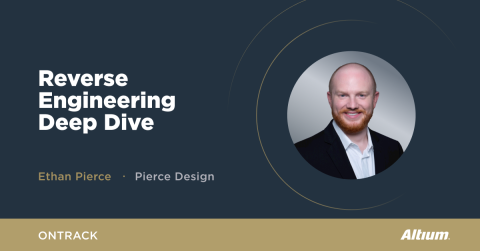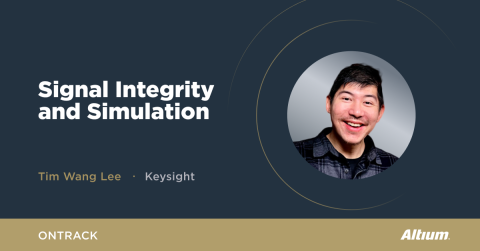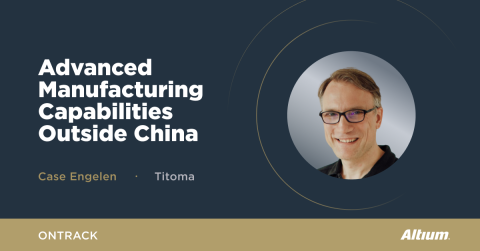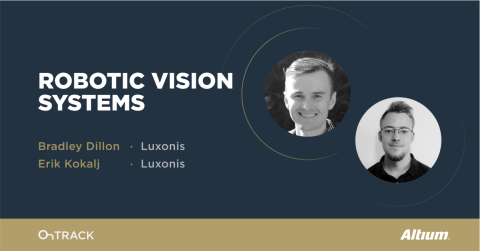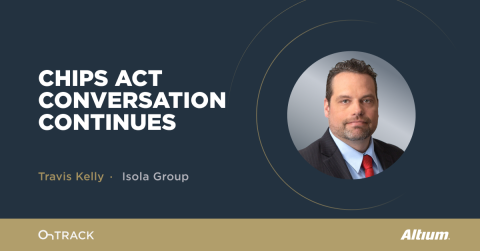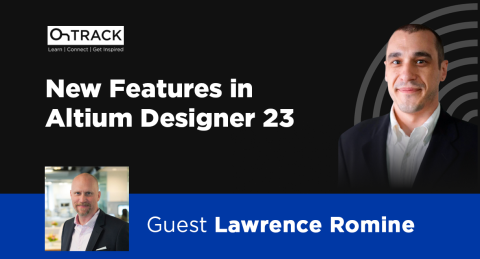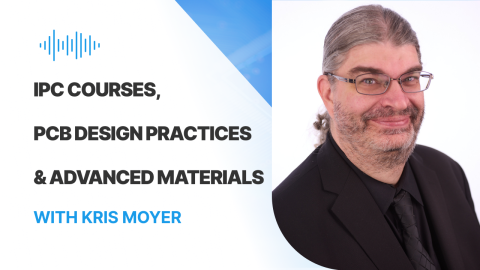IPC joins Altium as Newest Nexar Ecosystem Partner

Recently IPC and Altium formally announced that IPC is joining the growing body of the Nexar ecosystem. In this interview, we talk to David Bergman, VP of standards and technology at IPC. He talks about how he thinks this new partnership will bring bi-directional value to both organizations.
Judy Warner
Dave, before we talk about the Nexar partnership, will you please give us some insight into what your role encompasses as the VP of standards and technology?
David Bergman
I oversee several activities within the organization, such as IPC standards, globally, and our annual tradeshow IPC APEX EXPO. And just because I have the longest tenure of any employee here at IPC, I'd say I'm also the organization's historian!
Warner
How many current standards exist that are design-related?
Bergman
Many dozens. Some are related to rigid boards, flex circuits, high-speed design, even printed electronics. Other standards like DFM inform designers of best practices that enable them to create manufacturable designs.
Warner
In case our readers aren't already aware, will you take a moment to share how IPC standards get created?
Bergman
Let me first say that IPC employees or representatives do not make them. Hundreds of volunteer subject matter experts and industry professionals develop these standards by consensus in IPC committees. The process is rigorous to make sure the standards are sound and updated continually as technology advances.
Warner
From your perspective, what is the value you see in becoming one of Altium's Nexar partners?
Bergman
The electronics industry is a complex and fast-paced one that drives people to work deeply in given areas of expertise and lose sight of some critical information, knowledge, and resources. I work at IPC and still lose sight of all we're doing! Through Nexar, we are giving equipping designers easy access to IPC resources, such as design standards and training resources. We are also working together with Altium to support the next generation of electronics professionals by partnering with Altium's education department and IPC Education Foundation to help high school, colleges, and university students to get connected to the industry.
Nexar will also help us continue to bring value to the electronics ecosystem as a whole, such as the manufacturers we serve, which benefits the industry as a whole.
Warner
IPC has an educational platform called IPC Edge, which includes many different kinds of educational content, including design content that we will expose through Nexar to our Altium365 users. What can you tell us about that?
Bergman
I just looked it up before our interview, and right now, we have 168 hours of instructor-led design education content with plans to make more. These courses cover instruction for many kinds of designers, such as those new to the profession and specialist designers that cover embedded systems, flex circuits, mil-aero, and more. Suppose a designer wants to continue to advance and broaden their knowledge to include the design for manufacturing. In that case, we will continue to offer our CID and CID+ courses--which apply to designers who have been working for five or more years.
Warner
I'm sure that, over time, both organizations will work together to identify new ways to make this partnership valuable to IPC members, Altium design engineers, and the electronics industry. One of the ways we are building a bridge immediately between designers and the industry is to co-locate AltiumLive with IPC APEX EXPO. By co-locating these conferences, we are taking the first steps to bridge the gap between the IPC and Altium communities physically.
I look forward to seeing how both events and communities cross-pollinate there as well as through Nexar. Thank you for your time and for sharing your thoughts today.
Bergman
Thank you, Judy. We look forward to seeing everyone on the Altium team and Altium's design community and ecosystem members in January.

David Bergman
VP of Standards and Technology at IPC

